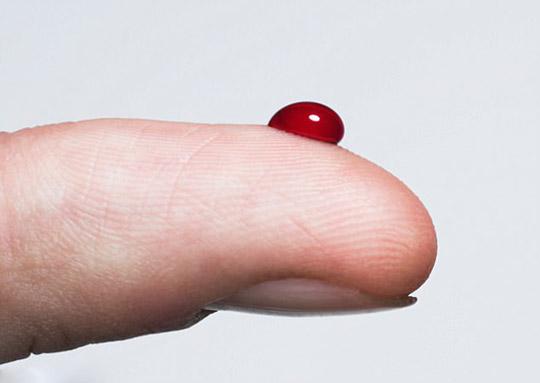You are here
Dental infections in children tied to heart disease risk in adulthood
By Reuters - May 01,2019 - Last updated at May 01,2019

AFP photo
Children who develop cavities and gum disease may be more likely to develop risk factors for heart attacks and strokes decades later than children who have good oral health, a recent study suggests.
Researchers did dental exams for 755 children in 1980, when they were eight years old on average, then followed them through 2007 to see how many of them developed risk factors for heart attacks and strokes like high blood pressure, elevated cholesterol, high blood sugar and hardening of the arteries.
Overall, just 33 children, or 4.5 per cent, had no signs of bleeding, cavities, fillings or pockets around teeth that can signal gum disease. Almost 6 per cent of the children had one of these four signs of oral infections, while 17 per cent had two signs, 38 per cent had three signs and 34 per cent had all four signs.
Children who had even one sign of oral infection were 87 per cent more likely to develop what is known as subclinical atherosclerosis: structural changes and thickening in the artery walls that is not yet serious enough to cause complications.
Children with all four signs of poor oral health were 95 per cent more likely to develop this type of artery damage.
Oral infections are among the most common causes of inflammation-induced diseases worldwide, and periodontal disease in adults have long been linked to an increased risk of cardiovascular disease, researchers note in JAMA Network Open.
Most people get cavities and gum disease for the first time in childhood, and these conditions can develop into more serious infections and tooth loss if they are not properly treated, the study authors note. Treating these oral health problems in childhood can also reduce inflammation and other risk factors for hardening of the arteries.
“This emphasises how important good oral hygiene and frequent check-ups with a dentist starting early in life are for general health,” said lead study author Pirkko Pussinen of the University of Helsinki in Finland.
“The children with a healthy mouth had a better cardiovascular risk profile [lower blood pressure, body mass index, glucose and cholesterol] throughout the whole follow-up period,” Pussinen said by e-mail.
More than four in five children had cavities and fillings, and 68 per cent of them also had bleeding during dental exams. Slight pocketing around the gums was observed in 54 per cent of the kids, although it was more often found in boys than in girls.
Both cavities and pocketing that can signal gum disease were associated with thickening of walls of the carotid arteries, blood vessels in the neck that carry blood from the heart to the brain. This indicates the progression of atherosclerosis and an increased risk for heart attacks and strokes.
The study was not a controlled experiment designed to prove whether or how cavities or other oral health problems might directly cause heart attacks or strokes. Not everyone with subclinical atherosclerosis or other risk factors will go on to have a heart attack or stroke.
Poor oral health in childhood was also associated with an increase in blood pressure and body mass index in early adulthood, noted co-author of an accompanying editorial Salim Virani of Baylor College of Medicine and the Michael E. DeBakey VA Medical Centre in Houston.
“These could themselves be associated with poor heart health in adulthood,” Virani said by e-mail. Systemic inflammation associated with poor oral health is also linked to heart disease and stroke, Virani added.
“Either the relationship shown in this study is causal or there are yet unmeasured confounders [risk factors] that are associated with both poor oral health as well as future risk of cardiovascular disease,” Virani said. “For example, could poor oral health be a marker of poor nutrition which itself is associated with cardiovascular disease, or could poor oral health be a marker of lower socioeconomic status which itself may be associated with higher risk of cardiovascular disease in the future?”
Related Articles
Poor oral health makes it harder for people with hypertension to manage their blood pressure, a new study suggests. Among people
Economic challenges in childhood may be linked to the early development of thicker artery walls that are known to underlie many cases of car
Older adults who take care of their heart may be less likely to develop dementia than people who do not focus on heart health, a Frenc














